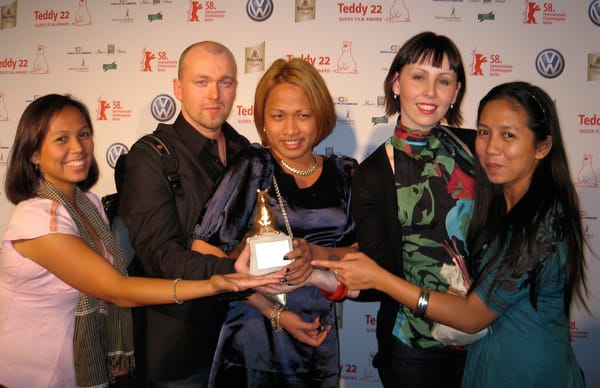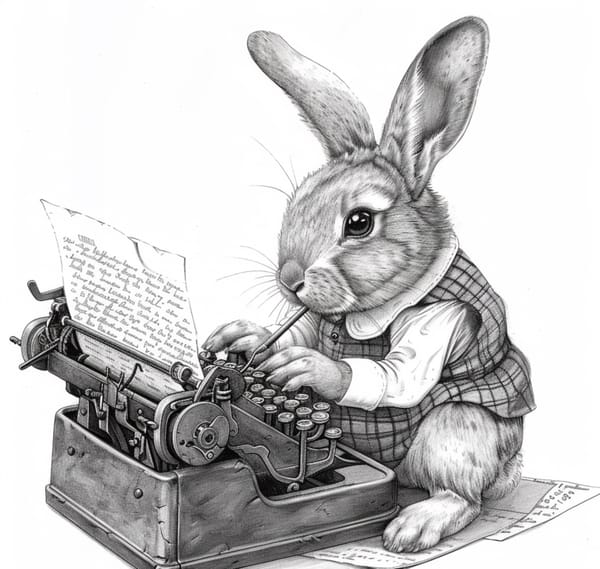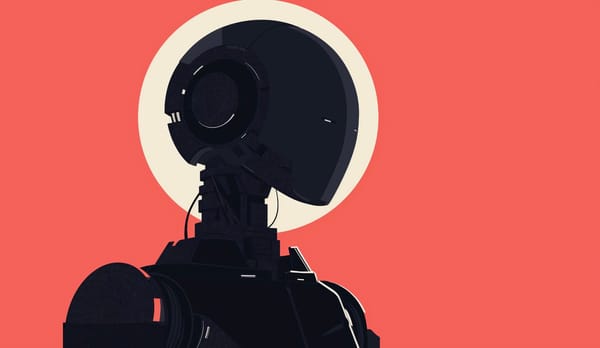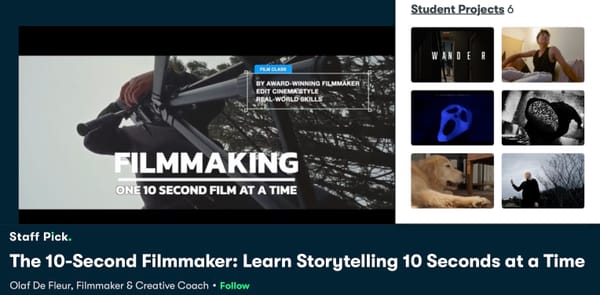Being A Film Director - Instinct, Chaos, and Childhood Eyes
Being a film director often means handling a mix of different tasks.
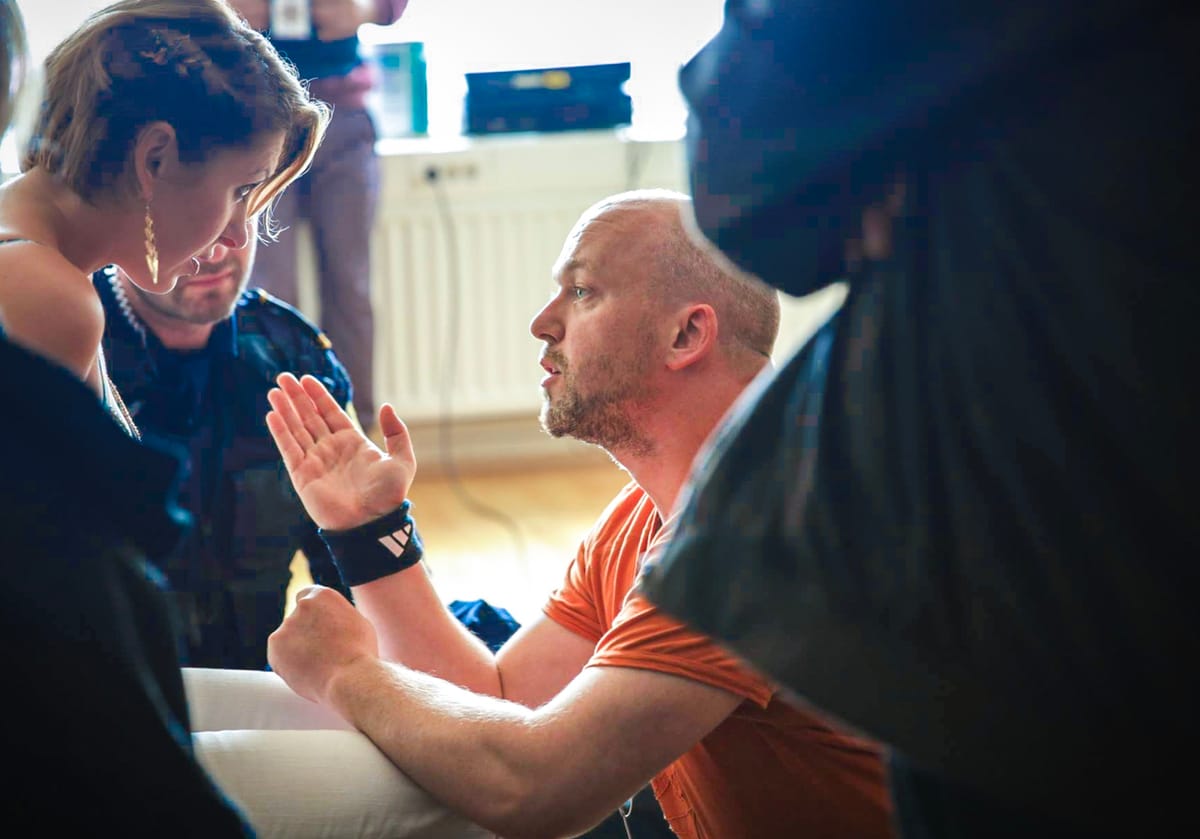
Being a film director often means handling a mix of different tasks—not just creative decisions, but also logistics, communication, and staying organized. In this short piece, I share a few thoughts on what directing involves for me, including how I’ve learned to trust my instincts, make room for mistakes, and test ideas through practice.
You might be surprised just how much of being a director is actually about administration, organization, and listening—really listening—to the people around you. A big part of the job is learning to tune in to your environment, your collaborators, and the countless voices that shape a project.
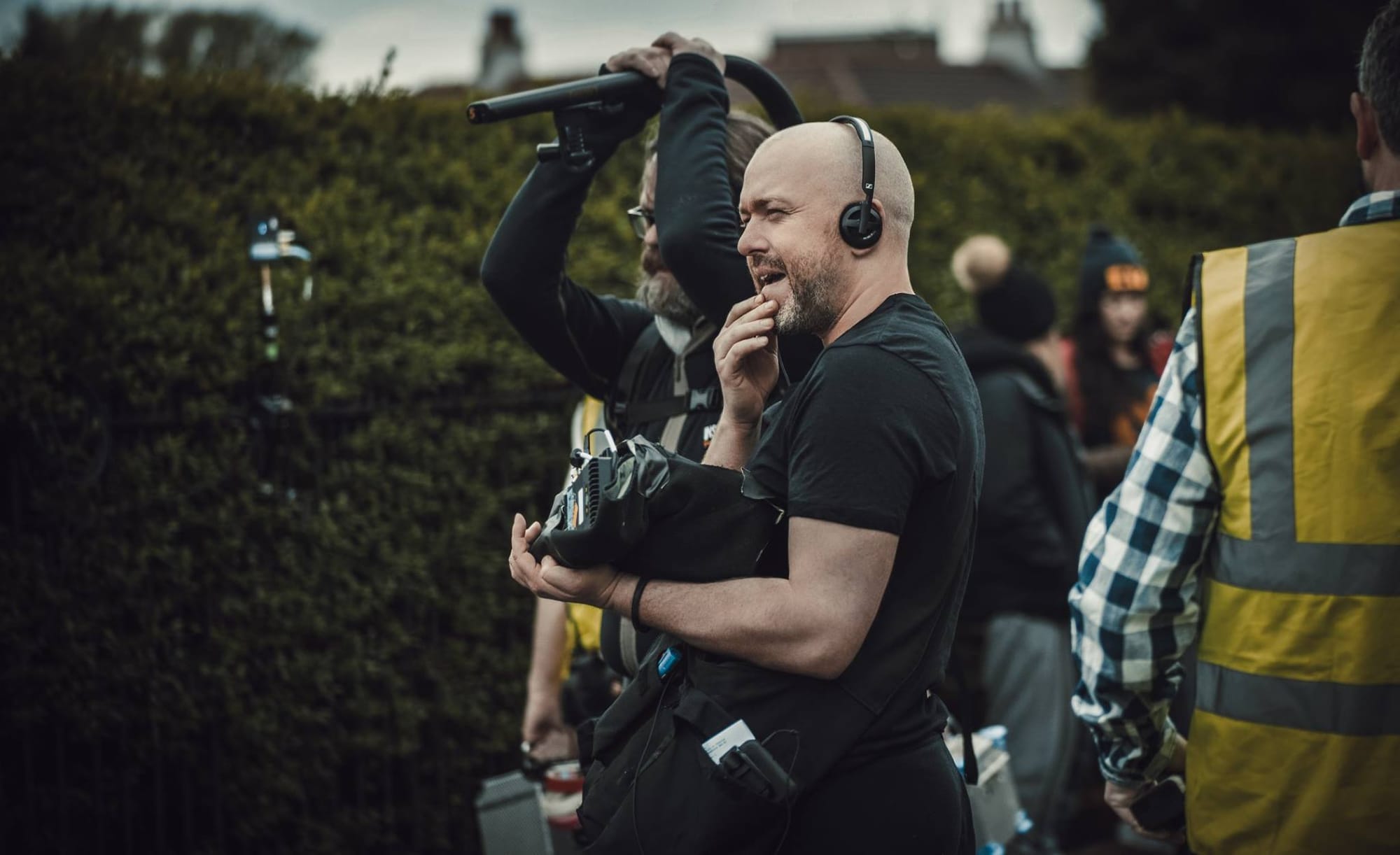
But at its core, directing is about something more instinctive: trusting your gut. And a major piece of that is learning to see the value in artistic mistakes. When you’re taking a creative risk—whether it’s a scene, a concept, or a strange idea that just won’t leave you alone—you have to learn to tolerate the internal (and sometimes external) scolding that says, “This isn’t a good idea.” The truth is, you never know if something is good or bad until you try it.
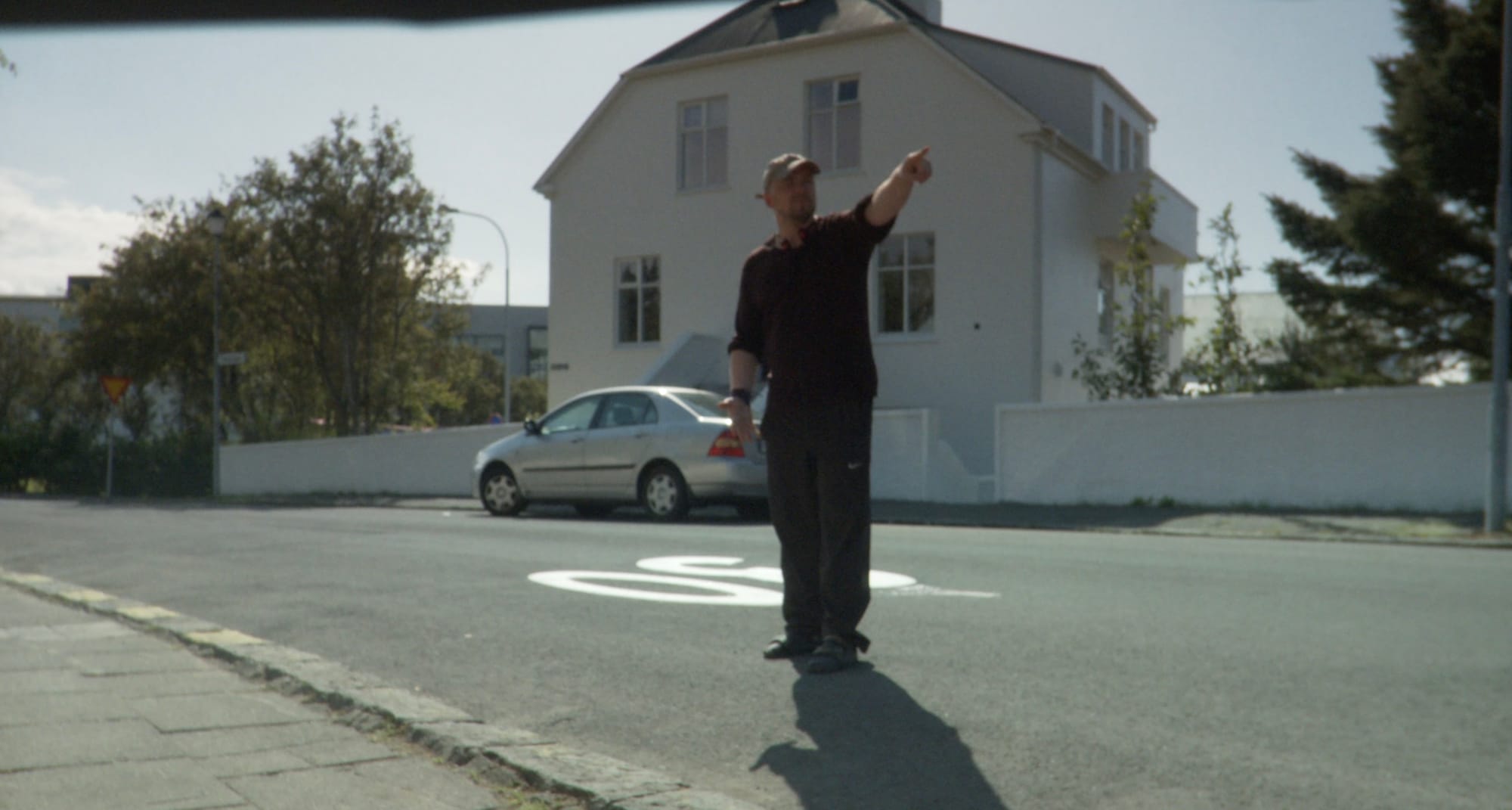
It takes energy and practice to embrace those mistakes, to take those leaps. But if you do, you’ll find that boldness—tempered with politeness and respect for your team—goes a long way. That’s the secret: take artistic chances, but always stay respectful of the people you’re working with. It makes everything smoother.
One more tip: try to see the world with the eyes of a child. Be vulnerable. Be open. Drop the sarcasm and immerse yourself fully in your film. Smell it, sense it, feel it in your body. Directing is maybe abstract like that. It’s not always explainable—but that’s part of the magic.

